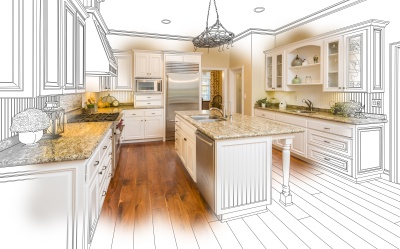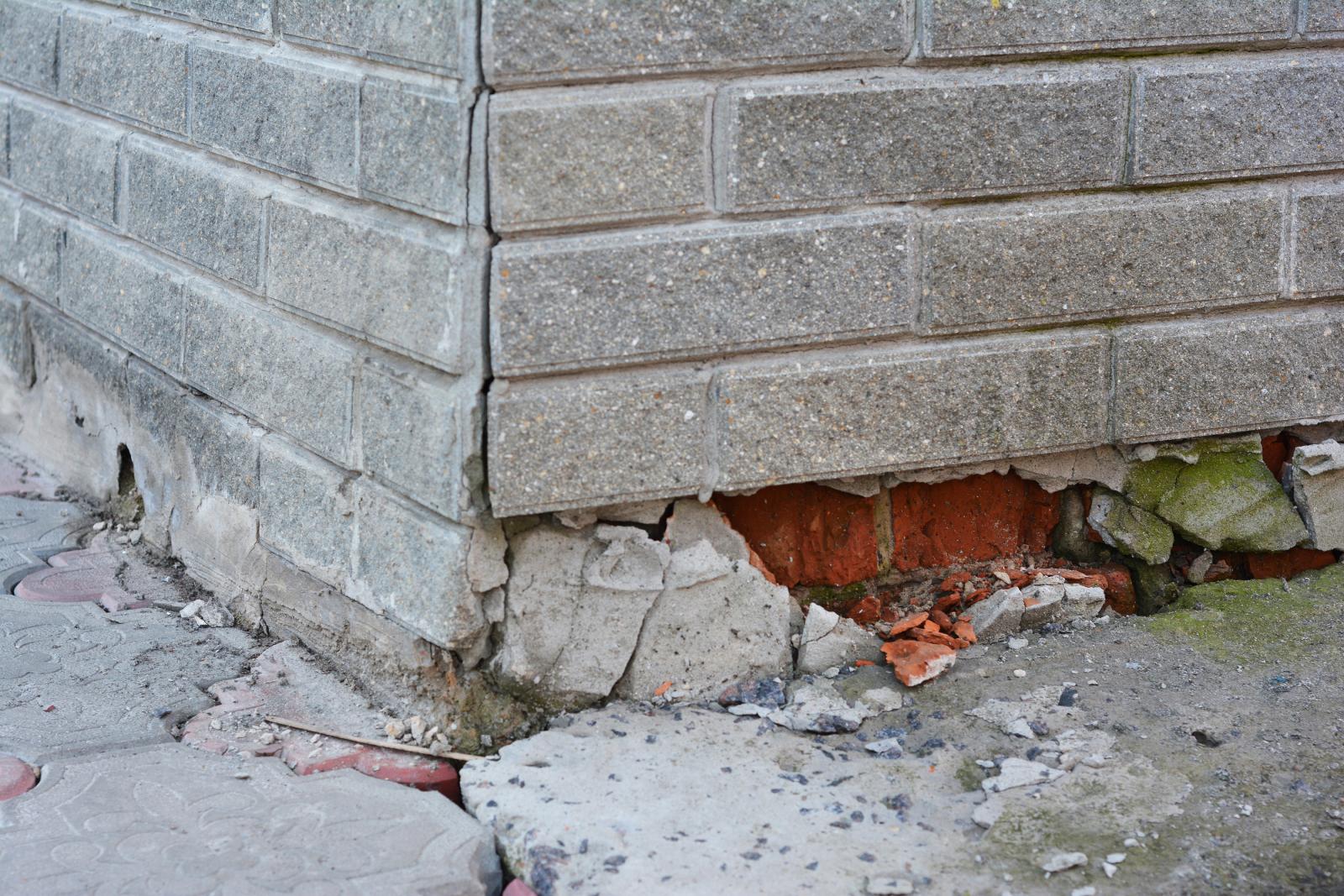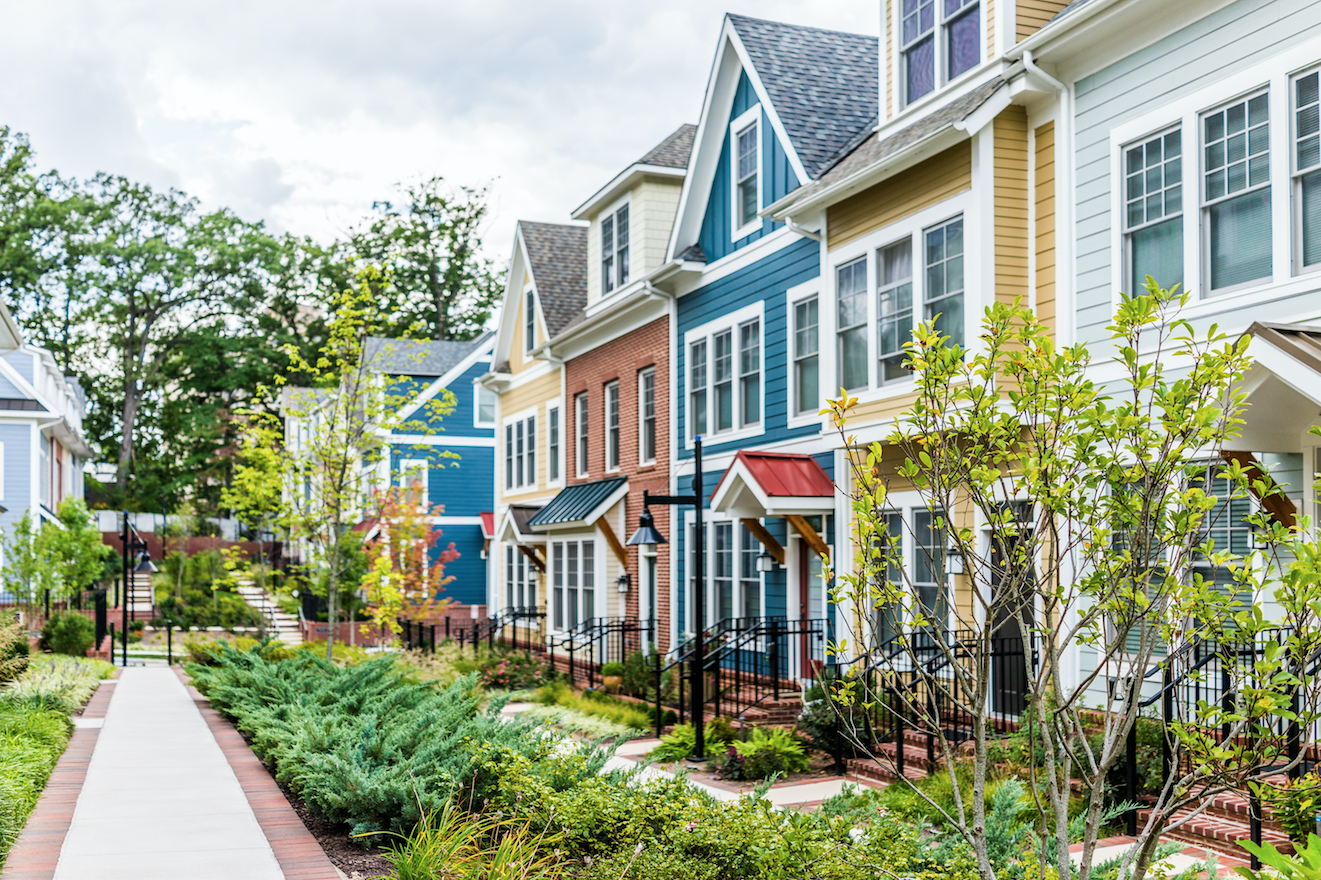
We all dream of it; owning our own vacation home, maybe somewhere on the beach or a ski condo we can bring the family to. While owning a second home in an ideal location can be a great long-term investment, there are certainly things to consider before committing to the purchase.
Commitment to Location: With so many vacation rental sites that allow you to hop from destination to destination, owning a home in one solitary location is a big commitment. Make sure that you are head over heels in love with where you choose to buy your second home and have spent a significant amount of time there already.
Remember, it is Still a House: Just because your vacation home is the destination for relaxation and having a good time, don’t forget the amount of maintenance that comes with owning a home. Some houses may require several days of preparing it for a particular season. Keep in mind some of your vacation days will be spent working on the house just as you do at your primary residence.
Who Will Be There When You Are Not?: The additional costs of a vacation home can often be offset by making it available to renters. Take into consideration who would manage the property when you weren’t there. Are you close enough to act as landlord and prepare it for when guests arrive? Or will you need to hire a management company? Take into consideration the time that you want to spend in your home. If you make it available to renters, are you willing to give up some of the peak season, depending on the location of your vacation home, in order to ease the financial burden?
Travel Time: Similar to loving the location of your second home, it’s also important to consider how difficult the journey to it will be. Are you able to hop in the car and drive a couple of hours to be there, or do you need to get a flight whenever you want to enjoy it? Nothing ruins a vacation more than wasting a day or two just to get to your destination. Be realistic with how often you will be able to use your vacation home.

The kitchen is the heart of any home and is typically the first room homebuyers consider investing in. Kitchen remodels can range from simple to extravagant and the amount of money spent can greatly vary. Regardless of the level of upgrade you plan to do, consider these helpful tips to help you save and plan for the perfect kitchen.
Save on Plumbing: The number one tip for saving money in a kitchen remodel is to leave the plumbing lined up the way it is. Moving water and gas lines is very expensive; if you can avoid this cost, you’ll be off to a great start.
Keep the Cabinets: If your existing cabinets are in good condition and made of quality materials, then consider refreshing them instead of replacing them. New cabinets are one of the highest costs when remodeling a kitchen. You can repaint your cabinets, update the fronts, or add new hardware.
Match the Appliances: These days, most companies offer matching sets of dishwashers, ovens, and refrigerators, which can give your kitchen an expensive look for less. Make sure you don’t buy separate pieces from different manufactures and do your research on affordable appliance options.
Find Free Services: Many large home improvement stores offer computerized design services that help with layout and style. Oftentimes the planning help is free, and they can also assist with installation and project management.
Keep a Fixtures Budget: At the end of your kitchen renovation, you want to make sure there’s enough money left over for the finishing touches. Fixtures like drawer pulls and cabinet handles should be a priority in your budget planning. Not skimping on these items will give your renovation a polished and complete look.
By following these tips you’ll be enjoying your new kitchen in no time, with a little extra cash in your pocket!
Let’s face it, moving is a chore! Even if you have great friends willing to help you out in return for beer and pizza, the actual cost of a move can add up quickly. If you’ve got plans on the horizon to pack up, take note of these great ways to save you as much money as possible.
Look for Materials Online
Purchasing new moving boxes and packing supplies can certainly cost a lot. If you spend some time searching online, you can probably source what you need. Check sites like Craigslist and your local Facebook groups as they tend to update regularly.
Clean Out
Use your move as the perfect opportunity to go through your belongings to see what you can get rid of. Unload the extra weight and start fresh in your new home with less clutter. You’ll save on packing supplies, and your moving estimate.
Save Your Receipts!
If you are donating large bags of items as you declutter from your existing space, keeping an itemized receipt for tax purposes is a great idea. Find the value of your items on the Salvation Army Donation Value Guide and see how much you can deduct at tax time.
Get More Than One Estimate
Schedule at least three moving companies to give you an in-home moving estimate. Check out their reviews and ratings to determine which company is going to be the best fit for you and then try to negotiate cost by sharing the other quotes you received.
Set Up Your Change of Address
Going online to setup your change of address through USPS can automatically get you $750 in coupons from places like Home Depot, Pottery Barn, etc. Use these savings to set up your new home when you arrive. You can register your change of address up to three months prior to your move.
Find a Place to Stay
If you need a temporary housing situation while you move, look for hotels that have flexible cancelation policies. That way, if there’s any issue with your plans, you won’t be out any extra money. Avoid home rental reservations that have strict policies.
Going on house tours in search for your next home can be a lot of fun. After scanning the listing photos, you finally get to see the property in person. Chances are the new kitchen catches your eye, or the layout seems perfect. Very few people take the time to investigate a home thoroughly when they go to see it for the first time, when this happens to be the best opportunity to identify warning signs that could end up costing you a lot of money in the future. We have identified a few key things to keep an eye out for when looking for your next home.
Cracks in the Foundation: A walk around the outside of a home is just as important as the walk inside. Be sure to take note of any visible cracks or damage which could mean costly structural repairs in the future. Also look for run-off water from the yard that could lead to basement flooding.
Mold: Mold can be an easily managed issue, or it could mean big trouble and high cost. Basements and attics are more typical locations for mold, but if you see any on carpets, walls, or around cooling units, there could be major issues with interior walls and structural supports.
Roof Condition: A roof can last a long time, up to 30 years if it’s well taken care of. But if you notice on your home tour that the roof is sagging in spots, or the material its made of looks cheap, it could mean that you will be replacing it sooner than expected.
Faulty Electrical Work: During a home showing, realtors tend to turn a lot of lights on to make the home feel more welcoming. If you notice that they are off, go ahead and test out the switches. If the lights flicker or they don’t go on at all, chances are the home has faulty electrical wiring that will need to be replaced.
Windows: You probably wouldn’t think to inspect the windows when looking at a home, but it can save you a lot of money in the long run. Don’t be afraid to open them up and look for signs of water damage or corrosion. Replacing one or two windows isn’t that big of a deal, but a whole house will be a big investment.
Many of these issues you may not notice at first glance. Utilizing the first showing as an opportunity to “kick the tires” on your potential new home can save you major money down the road. Furthermore, while a home inspection is not mandatory, it’s invaluable, and can help identify any of these warning signs you might have missed.
Welcome to the Neighborhood: Tips on What to Look for When Buying A Home
The purchase of your first, or even a new home is one of the biggest investments you’ll make in your life. It’s easy to get distracted by all the listing photos available as you scroll through Realtor.com or Zillow, and while a great kitchen is important, it’s the information you won’t find in a photo that can really help ensure you’re making a solid investment for years to come. Here are 5 things to consider when finding the right location for your new home:
- Increased Household Incomes – look at census data to help find the median household income in a neighborhood you might be considering. Surrounding yourself with neighbors who make a higher salary means there’s more likelihood they can afford home renovations. If the houses around you boost their value, the prices for the neighborhood increase.
- School Ratings – Even if kids aren’t in the cards for you, or they have already grown and moved out, the school district ratings in
 your new neighborhood play a significant role in home prices. School ratings are commonly listed online, but you can dive even deeper into research to find test score averages and AP enrollment numbers if you’re interested.
your new neighborhood play a significant role in home prices. School ratings are commonly listed online, but you can dive even deeper into research to find test score averages and AP enrollment numbers if you’re interested.
- Home Prices on the Rise – one of the best indicators of a great neighborhood is climbing home values. If you can find a location where they are increasing higher than the national average, then you are hitting the right spot. Investing in a neighborhood with a proven track record of profitable real estate sales means you are likely to have the same success should you choose to put your home on the market.
- A Friendly Community – how many times have you heard a friend talk about buying the perfect house only to find out their neighbors are a nightmare? It is an extremely worthwhile investment of your time to check out your community in person before purchasing a home. Consider visiting the park, restaurants, historical society, etc. of your potential neighborhood to meet some people. Don’t be afraid to ask them what they love most about living there. You can even be so bold as to knock on the neighbor’s door to see what they’re like.
- Proximity to Amenities – take note of how often you typically drive to the bank, or your local grocery store, shopping malls, etc. How feasible is it if you were located 20 minutes away from these basic amenities? Sometimes location is one area that ends in compromise, but it’s worth clocking the distance before making a final decision on your new home.


